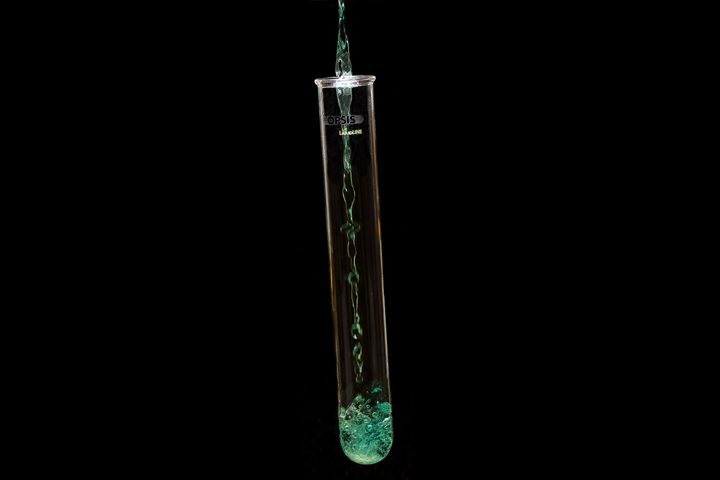All Kjeldahl Glass Tubes Are Not Equal

Many users of Kjeldahl distillation and analyzer instruments do not realize the importance of a good selection of glassware. Selecting Borosilicate glass is critical as a start. Borosilicate glass is a type of glass that contains boron trioxide, which allows for a very low coefficient of thermal expansion. This means it will not crack under extreme temperature changes like regular glass. Selecting a glass manufacturer that uses the Borosilicate glass is critical for Kjeldahl since it otherwise might be tempting to switch to the much less expensive soda-lime glass.
Glass thickness is also an often-overlooked parameter. Kjeldahl tubes are made from glass cylinders that are cut and welded together at the bottom. Many producers do this process manually, without production jigs, which results in uneven quality. Glassware tubes with thin bottom will easily break when used in temperatures up to 420-450 °C. Tubes with very thick bottom will also crack due to tension that build-up inside the tubes.
Finally, height and diameter tolerances of the Kjeldahl tubes are critical when using automatic systems. Digestors with motor lift and Kjeldahl analysers with autosampler rely on tubes being equal. Too wide tubes might be stuck in digestion blocks and too long tubes might cause leakage when distilling.
In summary, tubes for Kjeldahl need to have the correct thickness to hold for the stressful environment. OPSIS LiquidLINE can now offer a complete range of Kjeldahl tubes, compatible with most brands, that fulfil the demanding requirements of a modern laboratory.
Author: Olle Lundström, OPSIS LiquidLINE
Read more about the history of Kjeldahl >>
Watch the video about OPSIS LiquidLINE Kjeldahl analyzer and digestor >>